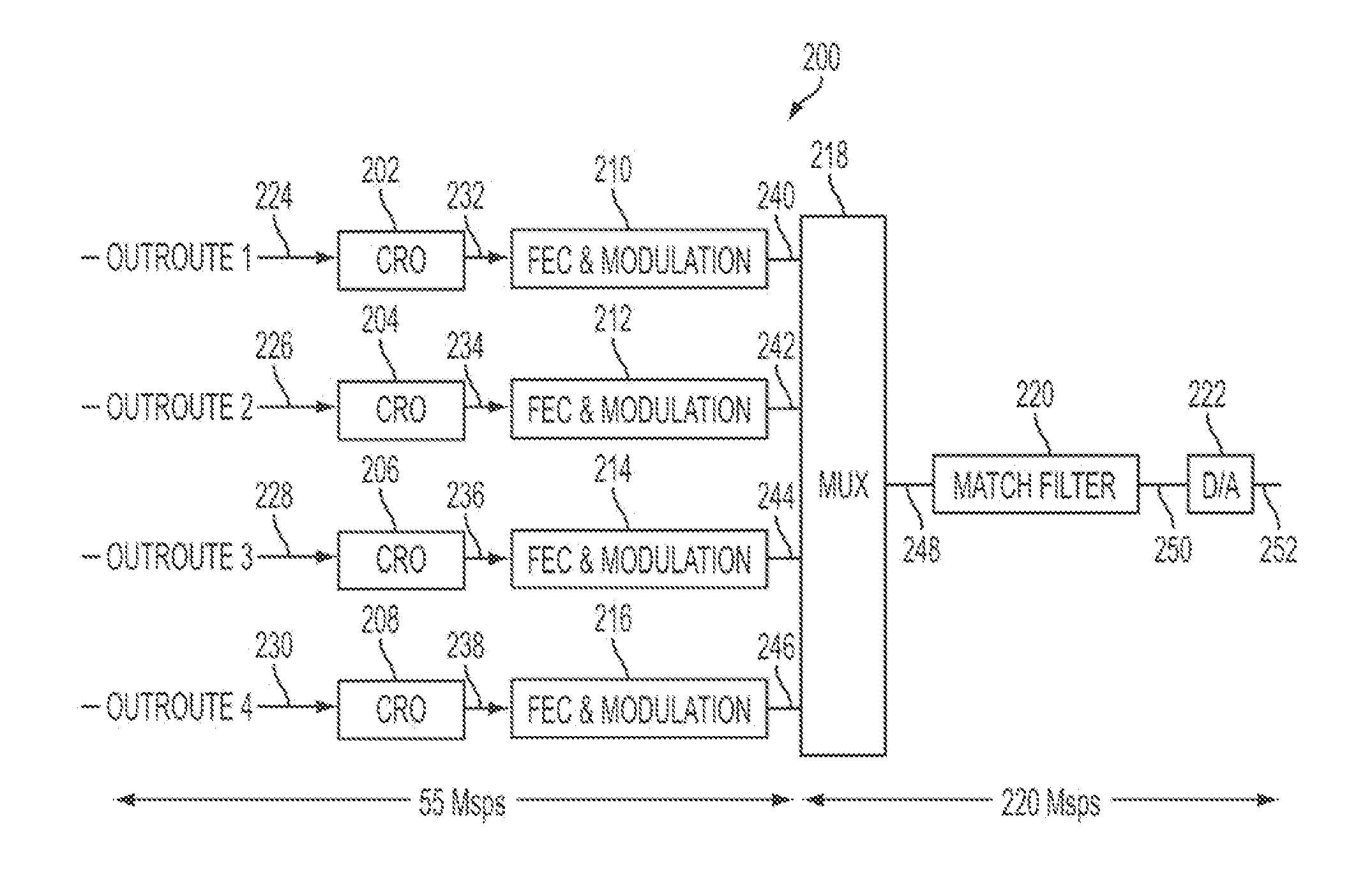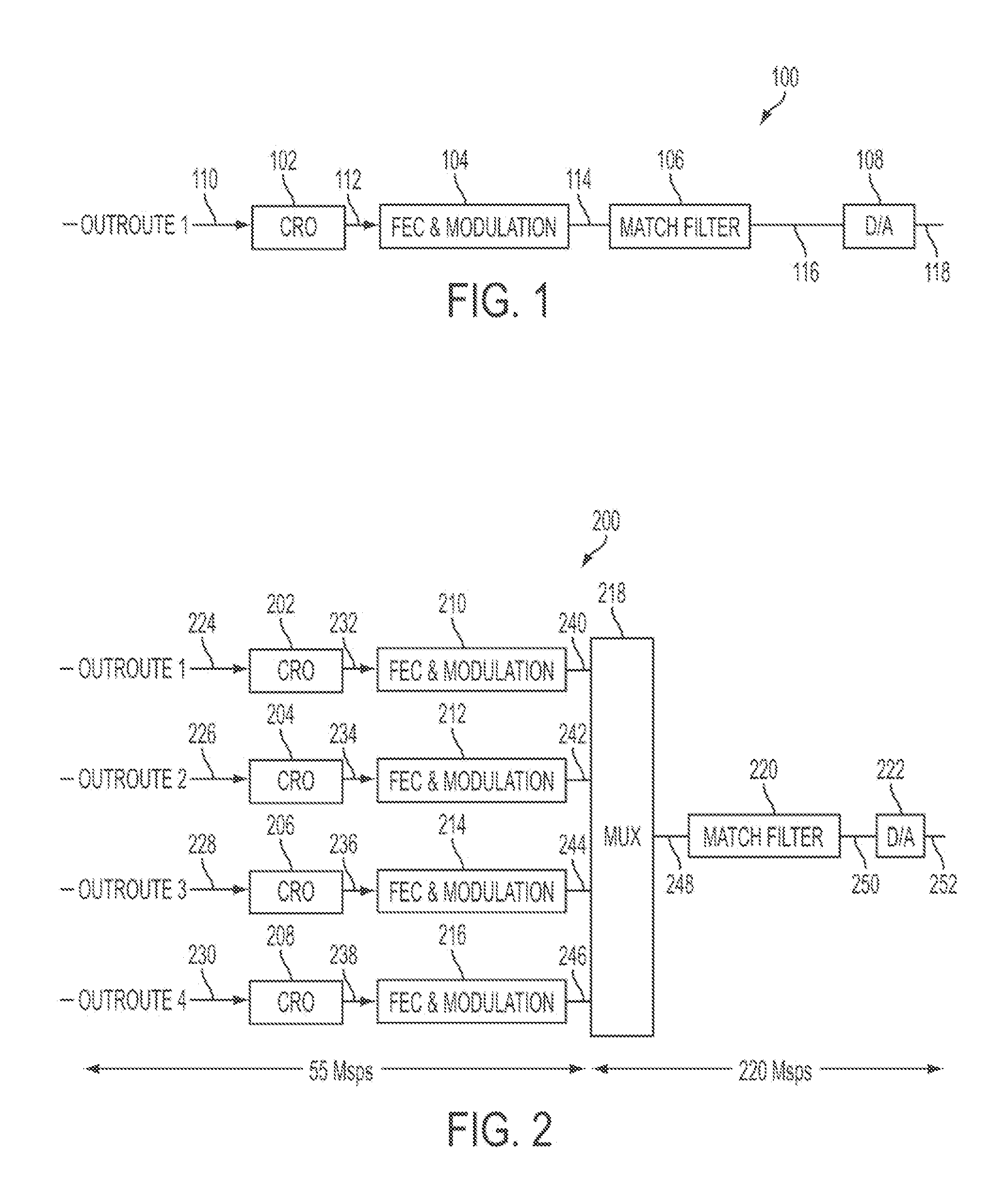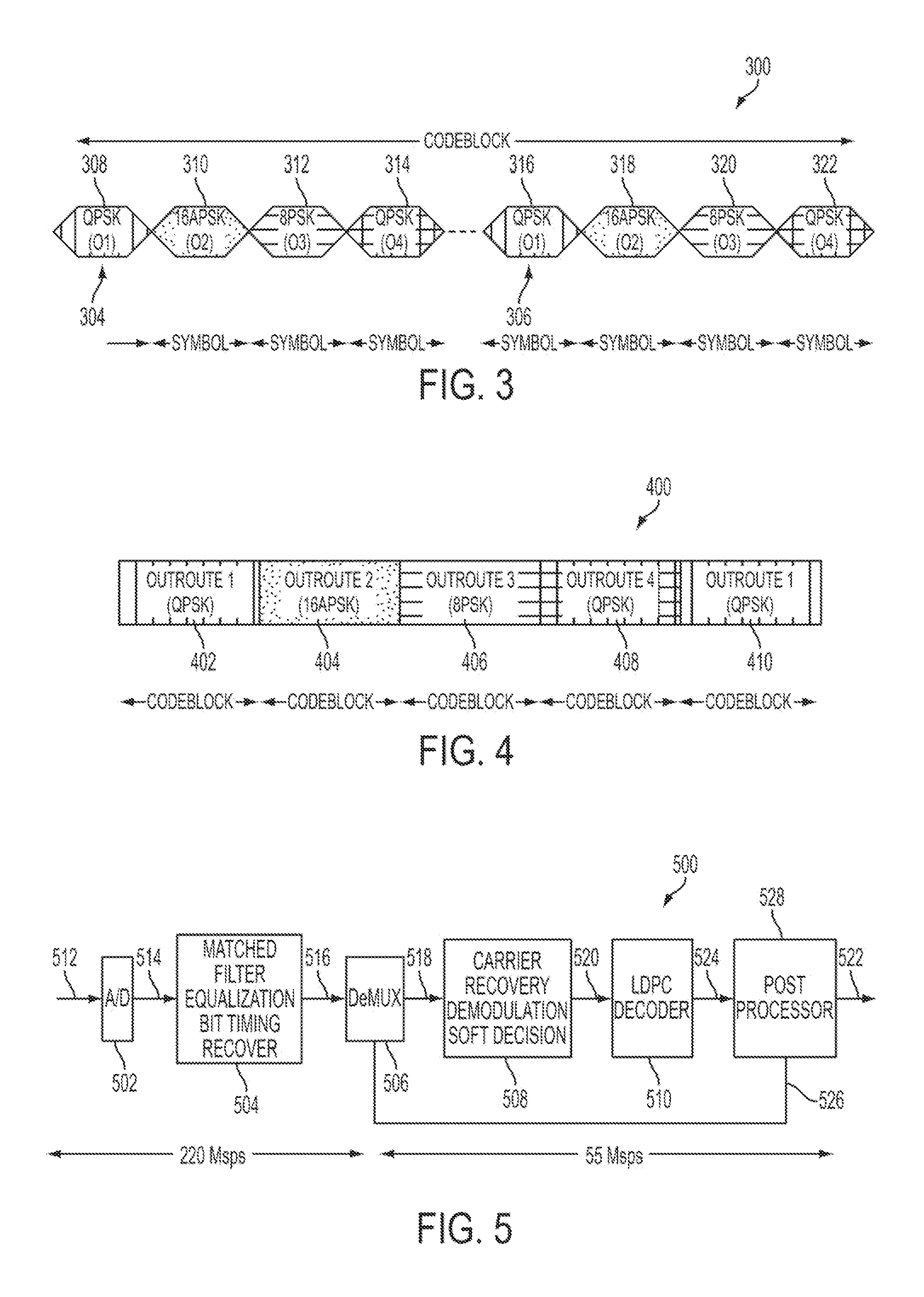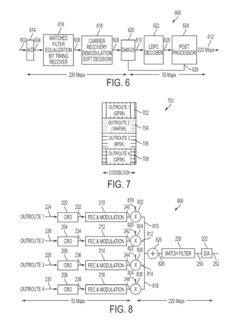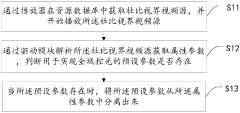Dolby Vision's Contribution to Satellite Broadcasting Innovations
JUL 30, 20259 MIN READ
Generate Your Research Report Instantly with AI Agent
Patsnap Eureka helps you evaluate technical feasibility & market potential.
Dolby Vision Evolution
Dolby Vision has undergone a remarkable evolution since its inception, significantly impacting the landscape of satellite broadcasting innovations. Initially introduced in 2014, Dolby Vision represented a leap forward in High Dynamic Range (HDR) technology, offering enhanced contrast, brightness, and color accuracy.
The early stages of Dolby Vision focused primarily on cinema and high-end consumer displays. However, its potential for improving broadcast quality quickly became apparent. As satellite broadcasting faced increasing competition from streaming services, the adoption of Dolby Vision became a strategic move to enhance picture quality and maintain market relevance.
By 2016, Dolby Vision had expanded its reach to include a wider range of consumer electronics, including televisions and mobile devices. This expansion coincided with the growing demand for higher quality content delivery in satellite broadcasting. The technology's ability to deliver a more immersive viewing experience aligned perfectly with the industry's need to differentiate its offerings.
In 2018, Dolby Vision IQ was introduced, representing a significant advancement in the technology. This iteration incorporated ambient light sensors to automatically adjust picture settings based on viewing conditions, further enhancing the viewing experience for satellite broadcast consumers. This development addressed one of the key challenges in satellite broadcasting: maintaining consistent picture quality across various viewing environments.
The year 2020 marked another milestone with the introduction of Dolby Vision Profile 8.1. This update brought improved efficiency in encoding and decoding, crucial for satellite broadcasting where bandwidth optimization is paramount. The enhanced compression capabilities allowed broadcasters to deliver Dolby Vision content more effectively, reducing transmission costs while maintaining superior image quality.
Most recently, Dolby Vision has begun to integrate with other emerging technologies in satellite broadcasting. Its compatibility with 8K resolution and variable refresh rates has positioned it as a future-proof solution for broadcasters investing in next-generation infrastructure. Furthermore, its integration with artificial intelligence for content analysis and optimization has opened new possibilities for personalized viewing experiences in satellite broadcasting.
Throughout its evolution, Dolby Vision has consistently addressed the unique challenges of satellite broadcasting, such as bandwidth limitations and varying reception conditions. Its ongoing development continues to push the boundaries of what's possible in broadcast image quality, ensuring that satellite providers can offer a competitive and compelling viewing experience in an increasingly crowded media landscape.
The early stages of Dolby Vision focused primarily on cinema and high-end consumer displays. However, its potential for improving broadcast quality quickly became apparent. As satellite broadcasting faced increasing competition from streaming services, the adoption of Dolby Vision became a strategic move to enhance picture quality and maintain market relevance.
By 2016, Dolby Vision had expanded its reach to include a wider range of consumer electronics, including televisions and mobile devices. This expansion coincided with the growing demand for higher quality content delivery in satellite broadcasting. The technology's ability to deliver a more immersive viewing experience aligned perfectly with the industry's need to differentiate its offerings.
In 2018, Dolby Vision IQ was introduced, representing a significant advancement in the technology. This iteration incorporated ambient light sensors to automatically adjust picture settings based on viewing conditions, further enhancing the viewing experience for satellite broadcast consumers. This development addressed one of the key challenges in satellite broadcasting: maintaining consistent picture quality across various viewing environments.
The year 2020 marked another milestone with the introduction of Dolby Vision Profile 8.1. This update brought improved efficiency in encoding and decoding, crucial for satellite broadcasting where bandwidth optimization is paramount. The enhanced compression capabilities allowed broadcasters to deliver Dolby Vision content more effectively, reducing transmission costs while maintaining superior image quality.
Most recently, Dolby Vision has begun to integrate with other emerging technologies in satellite broadcasting. Its compatibility with 8K resolution and variable refresh rates has positioned it as a future-proof solution for broadcasters investing in next-generation infrastructure. Furthermore, its integration with artificial intelligence for content analysis and optimization has opened new possibilities for personalized viewing experiences in satellite broadcasting.
Throughout its evolution, Dolby Vision has consistently addressed the unique challenges of satellite broadcasting, such as bandwidth limitations and varying reception conditions. Its ongoing development continues to push the boundaries of what's possible in broadcast image quality, ensuring that satellite providers can offer a competitive and compelling viewing experience in an increasingly crowded media landscape.
Satellite Broadcasting Market
The satellite broadcasting market has experienced significant growth and transformation in recent years, driven by technological advancements and changing consumer preferences. This sector encompasses the distribution of television, radio, and data services via satellite networks, offering wide coverage and high-quality content delivery.
The global satellite broadcasting market size was valued at approximately $117 billion in 2020, with projections indicating steady growth in the coming years. This growth is attributed to several factors, including the increasing demand for high-definition (HD) and ultra-high-definition (UHD) content, the expansion of direct-to-home (DTH) services, and the rising adoption of satellite technology in emerging markets.
One of the key trends shaping the satellite broadcasting market is the shift towards higher resolution content. As consumers demand better picture quality, broadcasters are increasingly adopting 4K and even 8K resolution formats. This trend has created new opportunities for technology providers like Dolby, whose Dolby Vision HDR technology enhances the viewing experience by optimizing picture quality on a scene-by-scene basis.
The market is also witnessing a growing emphasis on interactive and personalized content delivery. Satellite broadcasters are leveraging advanced technologies to offer on-demand services, targeted advertising, and interactive features, blurring the lines between traditional broadcasting and streaming platforms.
Geographically, North America and Europe remain the largest markets for satellite broadcasting, owing to their well-established infrastructure and high consumer spending on entertainment. However, the Asia-Pacific region is emerging as a significant growth driver, fueled by rapid urbanization, increasing disposable incomes, and government initiatives to expand digital television services.
Competition in the satellite broadcasting market is intense, with major players including DirecTV, Dish Network, Sky plc, and SES S.A. These companies are continuously innovating to maintain their market positions, investing in advanced technologies and expanding their service offerings.
The COVID-19 pandemic has had a mixed impact on the satellite broadcasting market. While it initially led to increased viewership as people spent more time at home, it also resulted in reduced advertising revenues and delayed infrastructure investments. However, the long-term outlook remains positive, with the pandemic accelerating the digital transformation of the broadcasting industry.
Looking ahead, the satellite broadcasting market is poised for further evolution, driven by technological innovations such as 5G integration, artificial intelligence for content optimization, and advanced compression techniques. These developments are expected to enhance the efficiency and quality of satellite broadcasting services, opening up new opportunities for growth and market expansion.
The global satellite broadcasting market size was valued at approximately $117 billion in 2020, with projections indicating steady growth in the coming years. This growth is attributed to several factors, including the increasing demand for high-definition (HD) and ultra-high-definition (UHD) content, the expansion of direct-to-home (DTH) services, and the rising adoption of satellite technology in emerging markets.
One of the key trends shaping the satellite broadcasting market is the shift towards higher resolution content. As consumers demand better picture quality, broadcasters are increasingly adopting 4K and even 8K resolution formats. This trend has created new opportunities for technology providers like Dolby, whose Dolby Vision HDR technology enhances the viewing experience by optimizing picture quality on a scene-by-scene basis.
The market is also witnessing a growing emphasis on interactive and personalized content delivery. Satellite broadcasters are leveraging advanced technologies to offer on-demand services, targeted advertising, and interactive features, blurring the lines between traditional broadcasting and streaming platforms.
Geographically, North America and Europe remain the largest markets for satellite broadcasting, owing to their well-established infrastructure and high consumer spending on entertainment. However, the Asia-Pacific region is emerging as a significant growth driver, fueled by rapid urbanization, increasing disposable incomes, and government initiatives to expand digital television services.
Competition in the satellite broadcasting market is intense, with major players including DirecTV, Dish Network, Sky plc, and SES S.A. These companies are continuously innovating to maintain their market positions, investing in advanced technologies and expanding their service offerings.
The COVID-19 pandemic has had a mixed impact on the satellite broadcasting market. While it initially led to increased viewership as people spent more time at home, it also resulted in reduced advertising revenues and delayed infrastructure investments. However, the long-term outlook remains positive, with the pandemic accelerating the digital transformation of the broadcasting industry.
Looking ahead, the satellite broadcasting market is poised for further evolution, driven by technological innovations such as 5G integration, artificial intelligence for content optimization, and advanced compression techniques. These developments are expected to enhance the efficiency and quality of satellite broadcasting services, opening up new opportunities for growth and market expansion.
Technical Challenges
Dolby Vision's integration into satellite broadcasting presents several significant technical challenges that need to be addressed for successful implementation. One of the primary hurdles is the limited bandwidth available in satellite transmission. Dolby Vision's high dynamic range (HDR) content requires a substantial amount of data, which can strain the already constrained satellite bandwidth. This necessitates the development of more efficient compression algorithms specifically tailored for HDR content without compromising the visual quality.
Another challenge lies in the compatibility with existing satellite broadcasting infrastructure. Many satellite operators and broadcasters have invested heavily in their current systems, which may not be readily equipped to handle Dolby Vision's advanced features. Upgrading these systems to support Dolby Vision can be a costly and time-consuming process, requiring careful planning and execution to minimize disruptions to ongoing services.
The variability in end-user display capabilities also poses a significant challenge. While Dolby Vision aims to deliver superior picture quality, not all viewers have HDR-capable televisions or devices. This creates a need for backward compatibility and adaptive content delivery mechanisms that can optimize the viewing experience across a wide range of display technologies, from legacy SDR screens to the latest HDR displays.
Furthermore, the live broadcasting aspect of satellite transmission introduces additional complexities. Dolby Vision's metadata-driven approach requires real-time processing and transmission of dynamic metadata alongside the video content. This real-time requirement can be particularly challenging in live sports or news broadcasting scenarios, where split-second decisions and rapid scene changes are common.
Satellite signal degradation due to atmospheric conditions is another technical hurdle that needs to be addressed. HDR content, with its wider range of brightness and color, may be more susceptible to quality loss under poor signal conditions. Developing robust error correction and signal recovery techniques specific to Dolby Vision content is crucial to maintain consistent quality across varying transmission conditions.
Lastly, the integration of Dolby Vision into existing broadcast workflows presents operational challenges. Content creators, broadcasters, and satellite operators need to adapt their production, post-production, and transmission processes to accommodate Dolby Vision's requirements. This includes updating equipment, training personnel, and establishing new quality control procedures to ensure the integrity of the HDR content throughout the broadcasting chain.
Another challenge lies in the compatibility with existing satellite broadcasting infrastructure. Many satellite operators and broadcasters have invested heavily in their current systems, which may not be readily equipped to handle Dolby Vision's advanced features. Upgrading these systems to support Dolby Vision can be a costly and time-consuming process, requiring careful planning and execution to minimize disruptions to ongoing services.
The variability in end-user display capabilities also poses a significant challenge. While Dolby Vision aims to deliver superior picture quality, not all viewers have HDR-capable televisions or devices. This creates a need for backward compatibility and adaptive content delivery mechanisms that can optimize the viewing experience across a wide range of display technologies, from legacy SDR screens to the latest HDR displays.
Furthermore, the live broadcasting aspect of satellite transmission introduces additional complexities. Dolby Vision's metadata-driven approach requires real-time processing and transmission of dynamic metadata alongside the video content. This real-time requirement can be particularly challenging in live sports or news broadcasting scenarios, where split-second decisions and rapid scene changes are common.
Satellite signal degradation due to atmospheric conditions is another technical hurdle that needs to be addressed. HDR content, with its wider range of brightness and color, may be more susceptible to quality loss under poor signal conditions. Developing robust error correction and signal recovery techniques specific to Dolby Vision content is crucial to maintain consistent quality across varying transmission conditions.
Lastly, the integration of Dolby Vision into existing broadcast workflows presents operational challenges. Content creators, broadcasters, and satellite operators need to adapt their production, post-production, and transmission processes to accommodate Dolby Vision's requirements. This includes updating equipment, training personnel, and establishing new quality control procedures to ensure the integrity of the HDR content throughout the broadcasting chain.
Current Dolby Solutions
01 Display technology for enhanced image quality
Dolby Vision is an advanced display technology that enhances image quality by improving color depth, brightness, and contrast. It utilizes high dynamic range (HDR) techniques to provide a more immersive viewing experience with greater detail in both bright and dark areas of the image.- Display technology for enhanced image quality: Dolby Vision is an advanced display technology that enhances image quality by improving contrast, brightness, and color accuracy. It utilizes high dynamic range (HDR) and wide color gamut techniques to deliver more lifelike and immersive visual experiences across various display devices.
- Audio-visual synchronization and processing: The technology incorporates sophisticated audio-visual synchronization and processing methods to ensure seamless integration of high-quality video and audio. This includes techniques for managing audio delay, enhancing sound quality, and optimizing the overall viewing experience.
- Content creation and mastering tools: Dolby Vision provides content creators with advanced tools and workflows for mastering and producing HDR content. These tools enable precise control over color grading, brightness levels, and other visual parameters to ensure consistent quality across different display devices and viewing environments.
- Adaptive optimization for various devices: The technology incorporates adaptive optimization algorithms that adjust content dynamically based on the capabilities of the display device and viewing conditions. This ensures optimal image quality across a wide range of devices, from high-end televisions to mobile screens.
- Compatibility and integration with existing systems: Dolby Vision is designed to be compatible with existing video production and distribution systems. It includes methods for backward compatibility with standard dynamic range (SDR) content and integration with various video codecs and transmission standards, ensuring widespread adoption and seamless implementation.
02 Audio-visual synchronization and processing
The technology incorporates sophisticated audio-visual synchronization and processing techniques to ensure seamless integration of high-quality video and audio. This includes methods for aligning audio and video streams, as well as optimizing sound quality to complement the enhanced visual experience.Expand Specific Solutions03 Content creation and mastering tools
Dolby Vision includes a suite of content creation and mastering tools that allow filmmakers and content producers to optimize their work for this advanced display technology. These tools enable precise control over color grading, brightness levels, and other visual parameters to ensure the best possible presentation of the content.Expand Specific Solutions04 Compatibility and adaptation for various devices
The technology is designed to be compatible with a wide range of devices, including televisions, mobile devices, and cinema screens. It incorporates adaptive algorithms that optimize the viewing experience based on the capabilities of the display device and the viewing environment.Expand Specific Solutions05 Integration with other audio-visual technologies
Dolby Vision is often integrated with other audio-visual technologies to create a comprehensive entertainment experience. This includes integration with advanced audio systems, 3D technologies, and other image enhancement techniques to provide a holistic approach to content presentation.Expand Specific Solutions
Key Industry Players
The competitive landscape for Dolby Vision's contribution to satellite broadcasting innovations is characterized by a mature industry in a phase of technological advancement. The market size is substantial, given the global reach of satellite broadcasting and the increasing demand for high-quality video content. Technologically, the field is moderately mature but still evolving, with key players like Samsung Electronics, LG Electronics, and Sony Group Corp leading innovation. These companies, along with others like DIRECTV and DISH Technologies, are actively developing and implementing advanced video technologies for satellite broadcasting, indicating a competitive and dynamic environment.
Samsung Electronics Co., Ltd.
Technical Solution: Samsung has developed advanced satellite broadcasting technologies incorporating Dolby Vision HDR. Their approach includes optimized encoding and transmission techniques for Dolby Vision content over satellite networks. Samsung's solution utilizes adaptive bit-rate streaming to ensure consistent high-quality HDR experiences even with varying satellite signal strengths[1]. They have also implemented efficient compression algorithms specifically tailored for Dolby Vision metadata, reducing bandwidth requirements while maintaining image quality[3]. Samsung's satellite TV receivers are equipped with dedicated hardware decoders capable of real-time Dolby Vision processing, enabling seamless playback on compatible displays[5].
Strengths: Extensive experience in consumer electronics and display technologies; large R&D resources. Weaknesses: Potential higher costs for end-users due to premium technology implementation.
Thomson Licensing SAS
Technical Solution: Thomson Licensing has developed a comprehensive suite of technologies for integrating Dolby Vision into satellite broadcasting systems. Their approach focuses on efficient encoding and transmission of Dolby Vision metadata alongside video streams. Thomson's solution includes advanced error correction techniques to ensure robust delivery of HDR content over satellite links[2]. They have also implemented dynamic range adaptation algorithms that optimize Dolby Vision content for various display capabilities, ensuring consistent visual quality across different devices[4]. Thomson's technology stack includes software-defined satellite receivers that can be updated to support new Dolby Vision features and improvements over time[6].
Strengths: Strong intellectual property portfolio in broadcasting technologies; expertise in content delivery systems. Weaknesses: May face challenges in hardware implementation compared to integrated device manufacturers.
Core Dolby Patents
System and method for multi-carrier multiplexing
PatentInactiveUS20110258669A1
Innovation
- A system and method that multiplexes multiple outroute streams using Time Division Multiplexing (TDM) or Code Division Multiplexing (CDM) schemes, allowing for higher data capacity transmission by aggregating multiple conventional information streams into a single high-rate aggregate stream, with selective reception at the receiver to process only relevant codeblocks, reducing complexity and power consumption.
Image processing method based on backlight adjustment, smart television and storage medium
PatentActiveCN109640155A
Innovation
- By analyzing the attribute parameters of the Dolby Vision video source, it is determined whether the preset parameters exist, and mapped according to the preset switch and grayscale value, and the PWM dimming duty cycle is adjusted to set the backlight value to achieve smooth transition changes in the backlight.
Regulatory Framework
The regulatory framework surrounding Dolby Vision's contribution to satellite broadcasting innovations is a complex and evolving landscape. As satellite broadcasting technology advances, regulatory bodies must adapt to ensure fair competition, maintain quality standards, and protect consumer interests.
In many countries, satellite broadcasting is regulated by telecommunications authorities or specialized broadcasting commissions. These entities are responsible for allocating frequency spectrum, issuing licenses, and enforcing technical standards. With the introduction of Dolby Vision technology in satellite broadcasting, regulators have had to consider new parameters for high dynamic range (HDR) content transmission.
The International Telecommunication Union (ITU) plays a crucial role in setting global standards for satellite broadcasting. The ITU-R BT.2100 recommendation, which includes specifications for HDR systems, has been instrumental in providing a framework for Dolby Vision implementation in satellite broadcasting. This standard ensures interoperability and consistency across different platforms and devices.
In the United States, the Federal Communications Commission (FCC) oversees satellite broadcasting regulations. The FCC has been proactive in addressing the technical requirements for advanced video technologies, including HDR. They have issued guidelines for the transmission of HDR content via satellite, which encompass Dolby Vision's specifications.
The European Telecommunications Standards Institute (ETSI) has also been involved in developing standards for satellite broadcasting that incorporate HDR technologies like Dolby Vision. Their work ensures that European satellite broadcasters can implement these innovations within a harmonized regulatory environment.
Regulatory bodies are also addressing the bandwidth implications of HDR content transmission. As Dolby Vision requires additional data to be broadcast, regulators are working to balance the need for improved picture quality with efficient spectrum utilization. This has led to the development of new compression standards and transmission protocols specifically designed for HDR content.
Privacy and data protection regulations have become increasingly relevant as smart TVs capable of displaying Dolby Vision content collect and transmit user data. Regulators are now considering how to apply existing data protection laws, such as the General Data Protection Regulation (GDPR) in Europe, to the context of advanced satellite broadcasting technologies.
As the technology continues to evolve, regulatory frameworks will need to remain flexible and responsive. Future regulations may address issues such as mandatory HDR support in satellite receivers, standardization of metadata formats, and guidelines for content creators to ensure optimal viewing experiences across different display technologies.
In many countries, satellite broadcasting is regulated by telecommunications authorities or specialized broadcasting commissions. These entities are responsible for allocating frequency spectrum, issuing licenses, and enforcing technical standards. With the introduction of Dolby Vision technology in satellite broadcasting, regulators have had to consider new parameters for high dynamic range (HDR) content transmission.
The International Telecommunication Union (ITU) plays a crucial role in setting global standards for satellite broadcasting. The ITU-R BT.2100 recommendation, which includes specifications for HDR systems, has been instrumental in providing a framework for Dolby Vision implementation in satellite broadcasting. This standard ensures interoperability and consistency across different platforms and devices.
In the United States, the Federal Communications Commission (FCC) oversees satellite broadcasting regulations. The FCC has been proactive in addressing the technical requirements for advanced video technologies, including HDR. They have issued guidelines for the transmission of HDR content via satellite, which encompass Dolby Vision's specifications.
The European Telecommunications Standards Institute (ETSI) has also been involved in developing standards for satellite broadcasting that incorporate HDR technologies like Dolby Vision. Their work ensures that European satellite broadcasters can implement these innovations within a harmonized regulatory environment.
Regulatory bodies are also addressing the bandwidth implications of HDR content transmission. As Dolby Vision requires additional data to be broadcast, regulators are working to balance the need for improved picture quality with efficient spectrum utilization. This has led to the development of new compression standards and transmission protocols specifically designed for HDR content.
Privacy and data protection regulations have become increasingly relevant as smart TVs capable of displaying Dolby Vision content collect and transmit user data. Regulators are now considering how to apply existing data protection laws, such as the General Data Protection Regulation (GDPR) in Europe, to the context of advanced satellite broadcasting technologies.
As the technology continues to evolve, regulatory frameworks will need to remain flexible and responsive. Future regulations may address issues such as mandatory HDR support in satellite receivers, standardization of metadata formats, and guidelines for content creators to ensure optimal viewing experiences across different display technologies.
Environmental Impact
The adoption of Dolby Vision in satellite broadcasting has significant environmental implications, both positive and negative. On the positive side, the enhanced image quality provided by Dolby Vision can lead to a more immersive viewing experience, potentially reducing the need for physical travel to entertainment venues. This could result in decreased carbon emissions associated with transportation.
Furthermore, the improved efficiency of Dolby Vision's encoding and transmission processes may lead to reduced energy consumption in broadcasting operations. The technology's ability to optimize content for various display capabilities could also extend the lifespan of existing television sets, potentially reducing electronic waste.
However, the implementation of Dolby Vision in satellite broadcasting systems may require upgrades to existing infrastructure and consumer devices. This could lead to an increase in electronic waste as older, incompatible equipment is replaced. The production of new, Dolby Vision-compatible devices may also contribute to increased resource consumption and manufacturing-related emissions.
The higher data rates associated with Dolby Vision content could potentially increase energy consumption in data centers and transmission networks. This increased energy demand may have indirect environmental impacts, depending on the energy sources used to power these systems.
It's worth noting that the overall environmental impact of Dolby Vision in satellite broadcasting will depend on the scale of adoption and the efficiency of implementation. As the technology matures, it may lead to more energy-efficient broadcasting solutions that could offset initial environmental costs.
The long-term environmental effects will also be influenced by consumer behavior. If Dolby Vision significantly enhances the home viewing experience, it could potentially reduce demand for other forms of entertainment with higher environmental footprints, such as movie theaters or large-scale live events.
In conclusion, while Dolby Vision offers potential environmental benefits through improved efficiency and enhanced user experience, its implementation in satellite broadcasting also presents challenges in terms of electronic waste and energy consumption. Balancing these factors will be crucial for minimizing the overall environmental impact of this technological innovation.
Furthermore, the improved efficiency of Dolby Vision's encoding and transmission processes may lead to reduced energy consumption in broadcasting operations. The technology's ability to optimize content for various display capabilities could also extend the lifespan of existing television sets, potentially reducing electronic waste.
However, the implementation of Dolby Vision in satellite broadcasting systems may require upgrades to existing infrastructure and consumer devices. This could lead to an increase in electronic waste as older, incompatible equipment is replaced. The production of new, Dolby Vision-compatible devices may also contribute to increased resource consumption and manufacturing-related emissions.
The higher data rates associated with Dolby Vision content could potentially increase energy consumption in data centers and transmission networks. This increased energy demand may have indirect environmental impacts, depending on the energy sources used to power these systems.
It's worth noting that the overall environmental impact of Dolby Vision in satellite broadcasting will depend on the scale of adoption and the efficiency of implementation. As the technology matures, it may lead to more energy-efficient broadcasting solutions that could offset initial environmental costs.
The long-term environmental effects will also be influenced by consumer behavior. If Dolby Vision significantly enhances the home viewing experience, it could potentially reduce demand for other forms of entertainment with higher environmental footprints, such as movie theaters or large-scale live events.
In conclusion, while Dolby Vision offers potential environmental benefits through improved efficiency and enhanced user experience, its implementation in satellite broadcasting also presents challenges in terms of electronic waste and energy consumption. Balancing these factors will be crucial for minimizing the overall environmental impact of this technological innovation.
Unlock deeper insights with Patsnap Eureka Quick Research — get a full tech report to explore trends and direct your research. Try now!
Generate Your Research Report Instantly with AI Agent
Supercharge your innovation with Patsnap Eureka AI Agent Platform!
